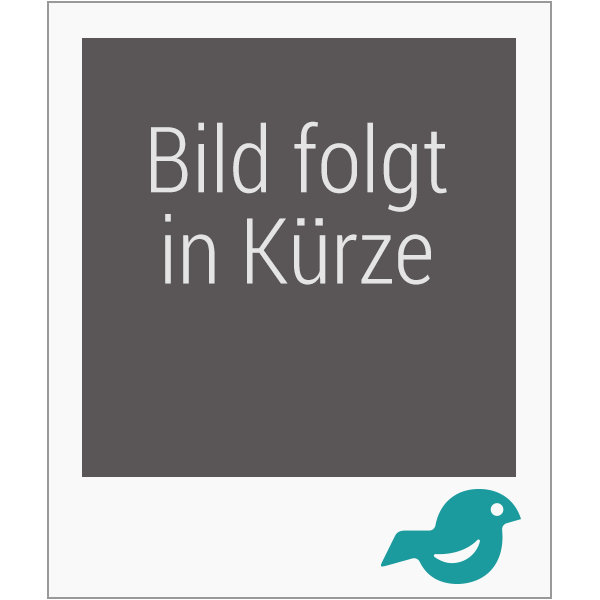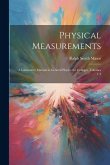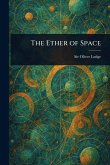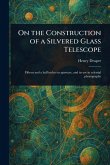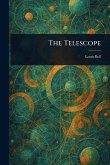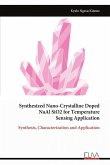A method to recover atmospheric temperature profiles using a ground-based Fourier Transform Infrared spectrometer was investigated. The method used a difference form of the radiative transfer equation, a Bomem MR series Fourier Transform Infrared Spectrometer to collect atmospheric radiance values, and the Phillips Laboratory Expertassisted User Software (PLEXUS) atmospheric radiance model, to recover an atmospheric temperature profile. The method researched uses radiance values from both the spectrometer measurements and the atmospheric model, along with kernel functions calculated by the atmospheric model as input to a difference form of the radiation transfer equation. From this the change in brightness temperatures was determined. The method assumes that the actual brightness temperature profile is a summation of a standard or reference brightness temperature profile plus some change in the brightness temperature. The brightness temperature profile used by the atmospheric model is the reference brightness temperature profile. Planck`s Law was employed to transform the calculated brightness temperature function into a Temperature function. A temperature profile was retrieved, although significant differences existed between the recovered temperature profile and a radiosonde recovered temperature profile. This work has been selected by scholars as being culturally important, and is part of the knowledge base of civilization as we know it. This work was reproduced from the original artifact, and remains as true to the original work as possible. Therefore, you will see the original copyright references, library stamps (as most of these works have been housed in our most important libraries around the world), and other notations in the work. This work is in the public domain in the United States of America, and possibly other nations. Within the United States, you may freely copy and distribute this work, as no entity (individual or corporate) has a copyright on the body of the work. As a reproduction of a historical artifact, this work may contain missing or blurred pages, poor pictures, errant marks, etc. Scholars believe, and we concur, that this work is important enough to be preserved, reproduced, and made generally available to the public. We appreciate your support of the preservation process, and thank you for being an important part of keeping this knowledge alive and relevant.
Bitte wählen Sie Ihr Anliegen aus.
Rechnungen
Retourenschein anfordern
Bestellstatus
Storno

